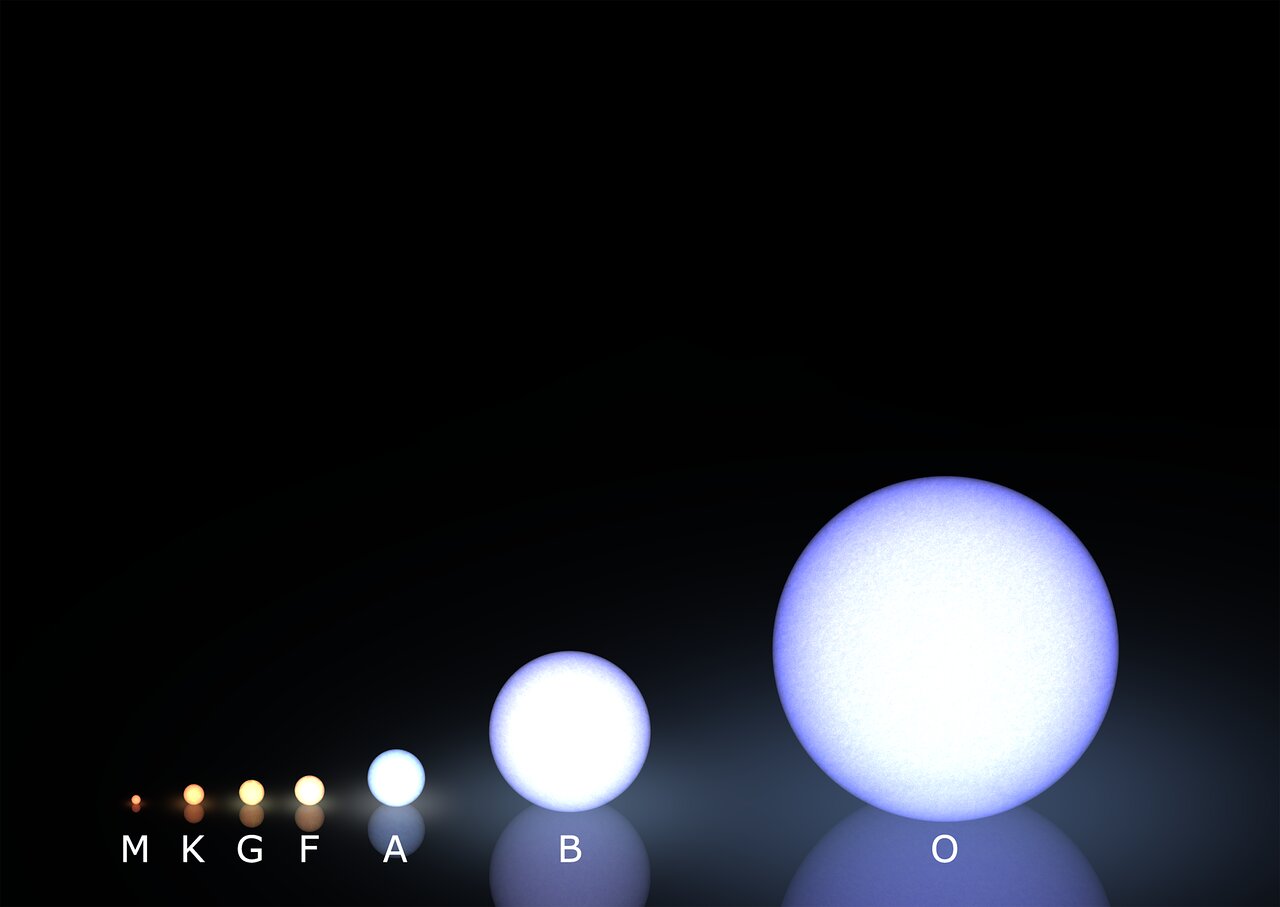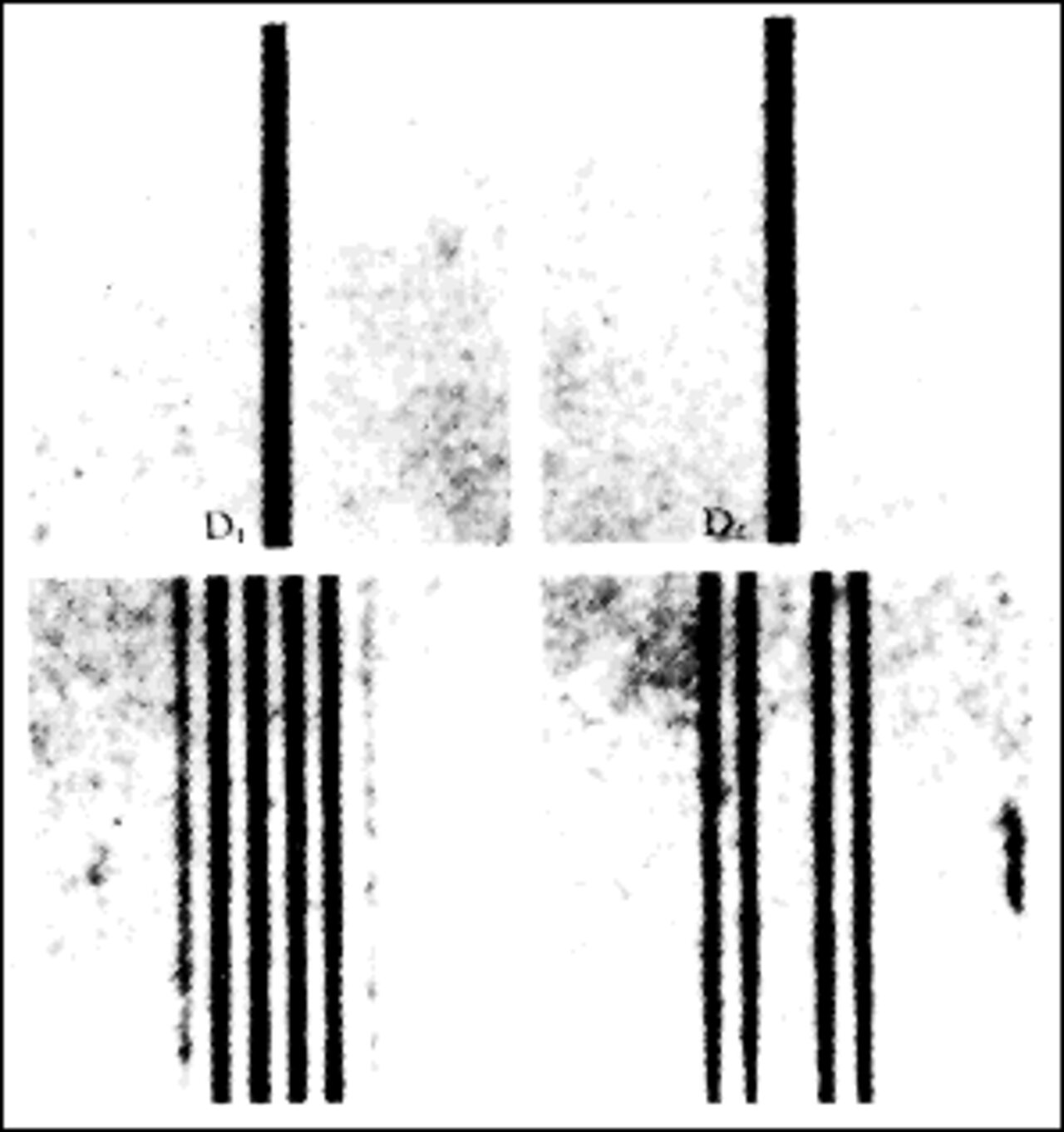- Why it’s important to understand blue giant stars
- How astronomers found that many of them have strong magnetic fields
- How this helps us understand stellar evolution
Invisible and untouchable, it is not easy to imagine magnetic fields. But they are everywhere: in fridge magnets, across our planet, in stars and even in galaxies — the Universe is riddled with them. In particular, astronomers have found that they have a significant effect on the lives of giant blue stars –– some of the biggest and most luminous stars in the Universe. Now, a team of researchers have found clues about how these massive objects acquire their magnetic fields.
Massive blue stars end their lives in violent supernova explosions, which enrich the surrounding environment with chemical elements heavier than hydrogen and helium — like those that make up you and me. Astronomers think that the magnetic fields of these massive stars could have an impact on the supernova explosions, and so, in a way, these magnetic fields are related to our own history too.
Big blue giants live fast and die young
“Massive blue stars are of extraordinary importance,” says Swetlana Hubrig, researcher at the Leibniz Institute for Astrophysics in Potsdam (Germany) and lead author of a recent study on magnetic fields in massive stars. “They drive energetic physical processes that affect the structure of the entire galaxy in which they are found.”
Astronomers call them O-type stars. They have fifteen or more times the mass of the Sun, and they can be up to a million times brighter. They burn up their fuel supply quite quickly; as a result, they have very short lifespans which end in violent supernovae explosions. You could say they live fast and die young.

O-type stars are very sociable by nature and most of them live together in systems with two or more components, orbiting around each other in a cosmic dance. Much like with humans, living alone or with someone else are completely different experiences, and for stars it’s the same. They can merge together, transfer mass from one to another, or even kiss! These interactions can also create or enhance magnetic fields in these stars.
Until recently, only 11 O-type stars had been reported to host magnetic fields. But most of these studies focused on single, isolated stars. “All of them, apart from one star, were single stars, or in binary systems where stars are so far that they do not interact much,” explains Hubrig. This could bias the results, because we know that more than 90% of O-type stars form in systems with two or more stars. So Hubrig’s team decided to focus their attention on O-type stars in multiple systems rather than the more scarce, isolated ones
Magnetic connection
The team used archival observation of 36 stellar systems with at least one O-type star. The data were originally obtained using either the High Accuracy Radial velocity Planet Searcher (HARPS) instrument at ESO’s La Silla Observatory in Chile or the Echelle SpectroPolarimetric Device for Observations of Stars (ESPaDOnS) installed at the Canada–France–Hawaii Telescope in Hawai'i. These instruments break starlight into its constituent colours, yielding a spectrum. A stellar spectrum is usually characterised by several dark lines, corresponding to specific colours absorbed by different chemical elements in the star’s atmosphere. In the presence of a magnetic field, each line can be split into several ones –– something called the Zeeman effect. So, if you want to check if there is a magnetic field, you can look for its fingerprints in the spectrum of the star.
|

The 3.6 m telescope at ESO’s La Silla Observatory in Chile. This telescope hosts the HARPS spectrograph, used in this study to analyse the magnetic fields in stellar systems containing at least one blue giant star.
Credit: ESO/B. Tafreshi (twanight.org)
|

A spectrum taken by Dutch physicist Pieter Zeeman illustrating the effect that bears his name. Spectral lines are linked to electrons jumping between different energy levels within atoms. A magnetic field can alter these levels, splitting individual lines (top) into several ones (bottom).
Credit: Public Domain
|
Among the 36 stellar systems studied by Hubrig’s team, 22 have strong magnetic fields –– a significantly higher fraction than among isolated O-type stars. “Our results show that the presence of a companion star or several companion stars increases the incidence of magnetic fields, indicating that the magnetic fields could have been generated through some interaction between the stars, such as a merger between two of them or a mass transfer from one to another,” Hubrig explains.
This also solved another long-standing problem. In the past, when it was thought that magnetic fields were rare in O-type stars, theorists had trouble explaining some of the properties of multiple stellar systems. “We do not have a good handle on their eventual fates, including the mechanisms underlying their supernovae explosions,” explains Hubrig. “Our detection of magnetic fields in multiple systems is poised to trigger significant advances in both our theoretical and observational understanding of massive stars and their explosive deaths in supernovae,” she concludes.
Numbers in this article
| Over 90% | of O-type stars form in systems with two or more stars |
| 22 out of 36 | stellar systems with at least one O-type star had strong magnetic fields |
Links
Biography Claudia Sciarma
Claudia Sciarma, a former intern at ESO's Department of Communication, is an astrophysicist in love with writing. Claudia has a Master’s degree in Physics and Astrophysics and attended the Sissa’s Master course in Science Communication. Her main interest are astrophysics, communication, and philosophy. She collaborated as intern with Galileo Museum in Florence and with Media Inaf, the online news outlet of the Italian National Institute for Astrophysics (Inaf). As a science communicator, Claudia writes articles about astrophysics, history of astronomy, and space activities, and she has given talks at scientific outreach events, such as during the International Conference on High Energy Physics.


